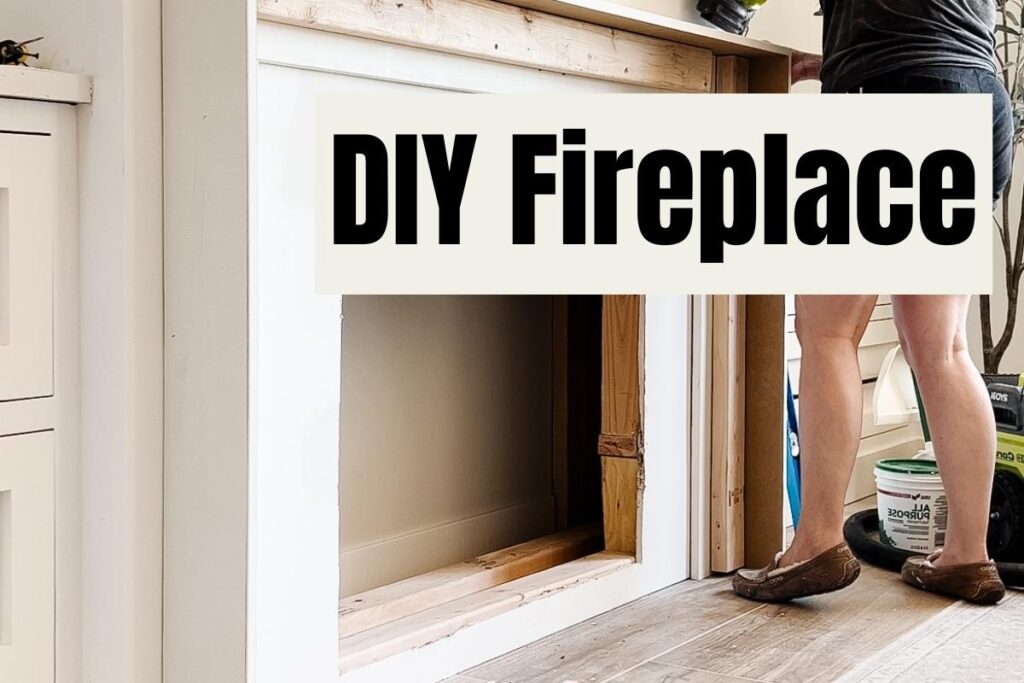
DIY Fireplace: What You Need to Know Before Getting Started
Building a fireplace from scratch allows you to tailor every aspect to your specific taste and the unique requirements of your living space. You have full control over the design, materials, and size that perfectly complement your home’s aesthetic. The process of DIY-ing a fireplace can be more cost-effective, offering savings on labor and materials, especially if you have some DIY skills.
Let’s start with an overview of a fireplace’s key components to provide a foundational understanding before diving into the DIY steps.
Understanding the Fireplace
The several parts of a fireplace contribute to its functionality and aesthetic appeal. Here’s a closer look:
Firebox
The firebox is essentially the engine of the fireplace, where wood burns and generates heat. It’s constructed from materials capable of withstanding high temperatures, such as firebrick or refractory cement, to ensure safety and durability. The design and size of the firebox influence the fireplace’s overall efficiency and heat output, making it a crucial component to consider during your DIY project.
Hearth
The hearth serves as the fireplace’s foundation, extending into the room and providing a non-combustible surface in front of the firebox. Traditionally made from stone or brick, the hearth protects the floor from heat, sparks, and embers, preventing fire hazards. It also adds an aesthetic element, framing the fireplace and offering a space for decorative items or a cozy seat near the fire.
Mantel
The mantel is the decorative shelf or frame that surrounds the fireplace, offering a platform for displaying photos, artwork, or holiday decorations. It can be crafted from various materials, including wood, stone, or metal, and styled to match the room’s decor. The mantel not only enhances the fireplace’s visual appeal but also serves as a focal point, drawing attention and gathering spaces.
Flue and Chimney
The chimney, with its internal flue, is the fireplace’s exhaust system, venting smoke, and combustion gases safely outside the home. The chimney’s height and construction are critical for creating an effective draft, ensuring the fireplace burns cleanly and efficiently. Proper maintenance of the chimney and flue is essential to prevent blockages and fire risks.
